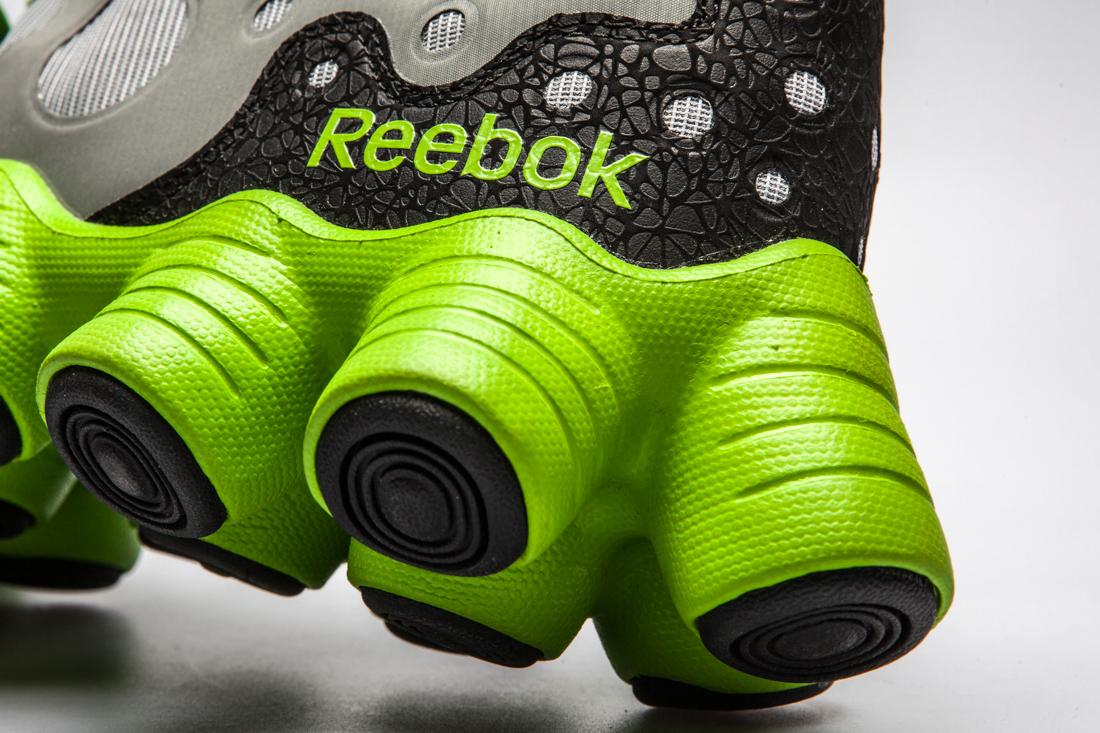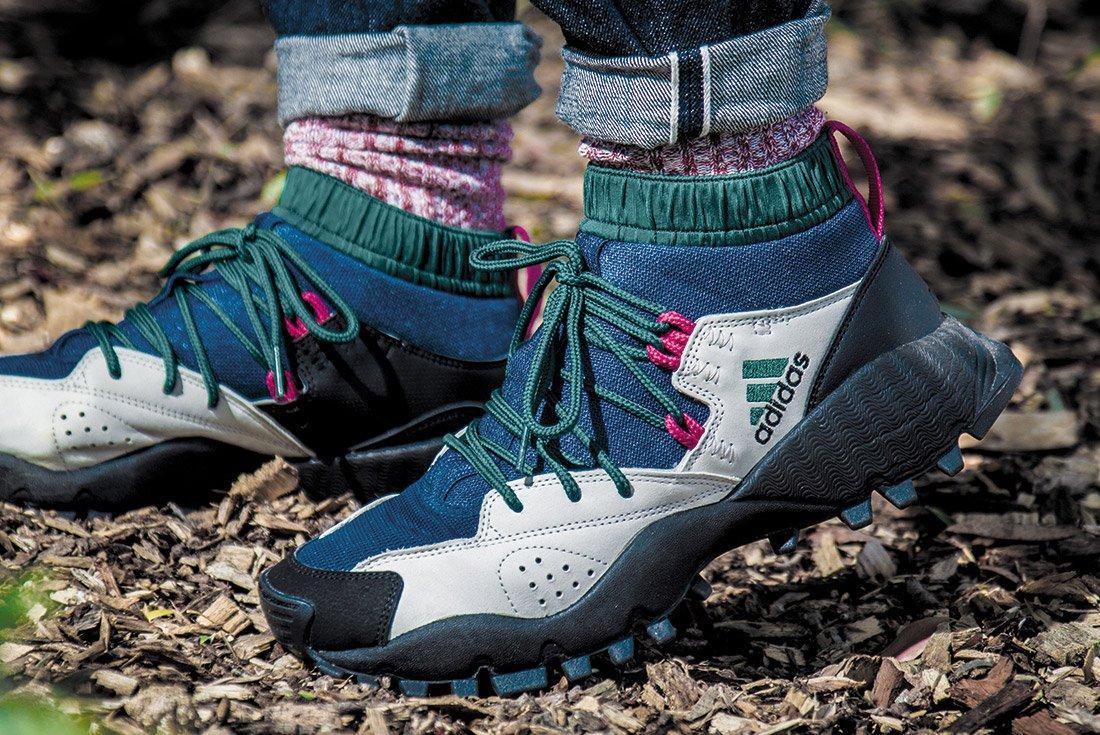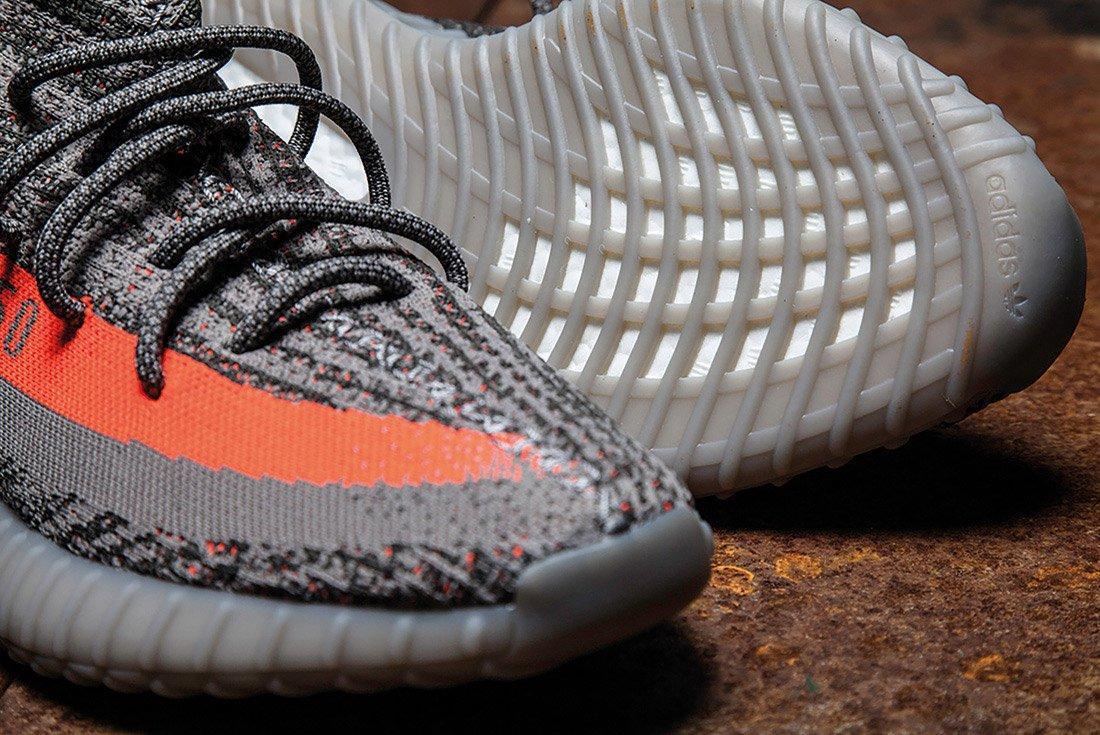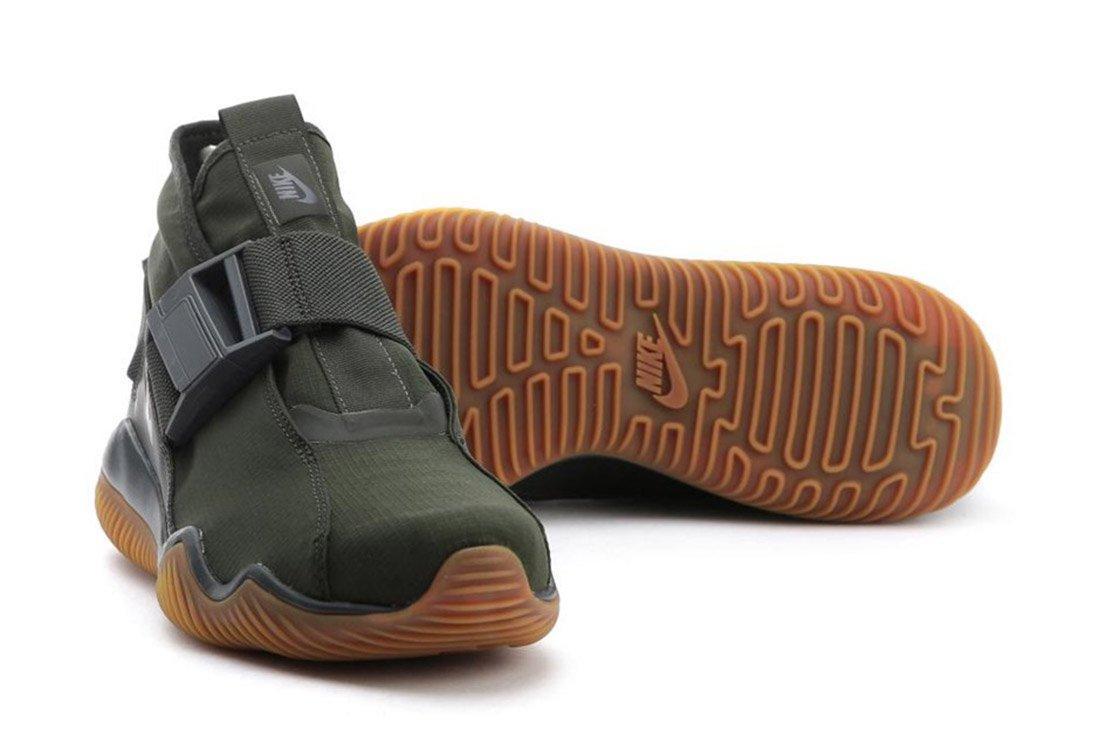Material Matters: Outwit, Outsole, Outlast
There’s simple beauty in the underappreciated outsole. Granted, it’s generally not the sexiest element of any shoe – particularly once it starts to acquire a nice coating of street grime. But, with the recent focus on urban adventure style, chunky treads have come into focus, so we thought it was about time we shed some light on where the sun don’t shine. Shoes like the adidas Seeulater or Nike KMTR wear their aggressive tread with an air of pride, while the lines running up from the sole of a Yeezy BOOST 350 are a defining feature. If you’re still not convinced of the joys of the humble tread pattern, then this one’s for you.



